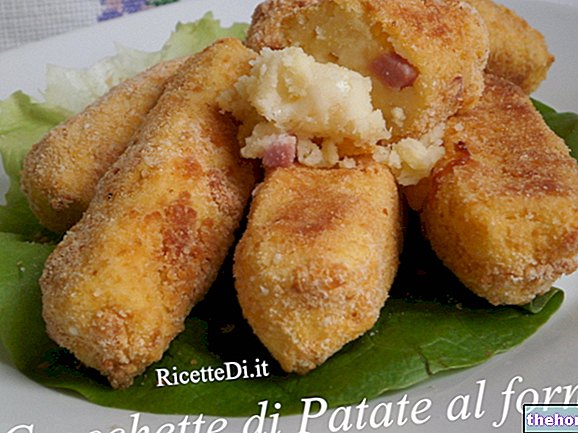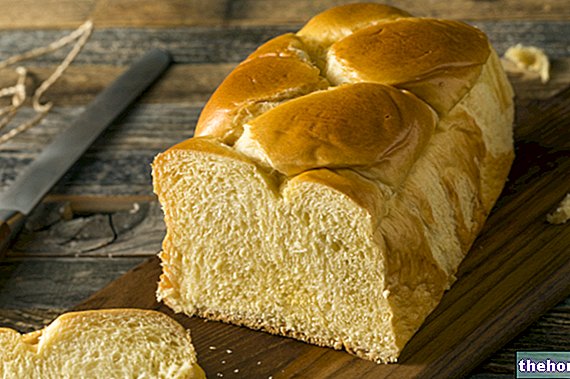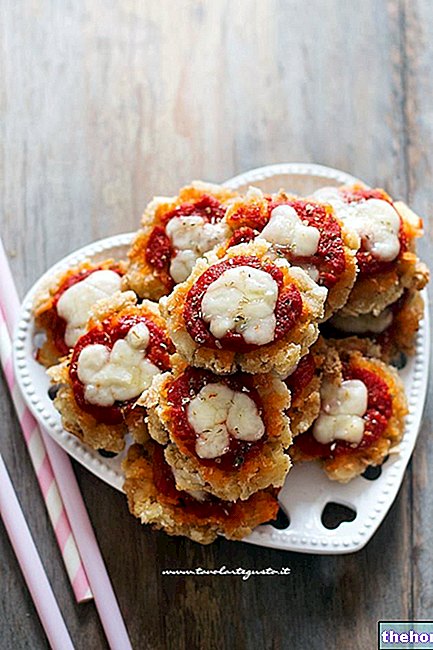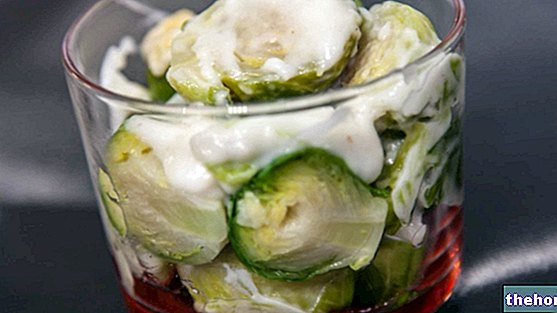The pastiera is one of the typical Easter sweets and, considering that I like to satisfy all palates, after the chocolate pastiera, the classic pastiera, the vegan pastiera and the salty pastiera with peas, today I would like to propose the gluten-free version for people suffering from celiac disease! Who knows what the alternative to cooked wheat and wheat flour will be: to find out, don't miss the video!
Video of the Recipe
Problems with playing the video? Reload the video from youtube.
Identity Card of the Recipe
-
Ingrediants
For gluten-free shortcrust pastry
- 250 g of gluten-free flour
- 1 pinch of salt
- 1 pinch of baking powder
- Grated rind of untreated lemon
- 1 vanilla pod
- 50 ml of milk
- 50 g of butter
- 60 g of powdered sugar
For the filling
- Grated rind of untreated lemon
- 50 g of lemon verbena
- 1 pinch of salt
- Half a glass of orange blossom water
- 130 g of sugar
- 120 g (2 medium) of eggs
- 150 g of fresh ricotta
- 500 ml of milk
- 100 g of rice
- Grated rind of untreated oranges
Materials Needed
- Pan for pies with a diameter of 24 cm
- Baking paper
- Rolling pin
- Scale weighs food
- Bowls
- Casserole
- Lemon grater or row
- Sieve
Preparation
- First, devote yourself to the preparation of the filling cream.
Did you know that
The original recipe of the Neapolitan pastiera provides a filling based on ricotta, eggs and cooked wheat. In the gluten-free version, we recommend replacing cooked wheat (rich in gluten) with rice. Rice can be replaced with cooked buckwheat.- Pour the milk into a saucepan and flavor with lemon and orange zest. Add a pinch of salt and sugar. Pour in the rice, stirring constantly until it reaches a boil and cook gently for about 30 minutes.
- Let the mixture rest: as the temperature decreases, the rice with milk will take on an increasingly thick and creamy consistency.
- Meanwhile, prepare the shortcrust pastry. In a bowl, sift the gluten-free flour mix, and add the icing sugar, salt and sifted yeast.
- Cut into a vanilla pod and scrape the inside to collect the seeds.
Attention!
The recipe is specially designed for people intolerant to gluten: for this purpose, it is recommended to check the packaging for the presence of the crossed ear mark, which verifies the absence of gluten.- Mix the powders with the butter at room temperature until you get a mixture of crumbs.
- In the center, add the egg and mix everything by adding as much milk as necessary until you reach a consistency that can be worked with your hands. If the dough requires it, add a little gluten-free flour.
- With the help of the rolling pin, roll out the gluten-free shortcrust pastry between two sheets of baking paper, until you get a sheet with a thickness of 4-5 mm. Line a pan for pies with a diameter of 24 cm with baking paper.
- Line the pan with the shortcrust pastry, taking care to keep the scraps aside, which will be used for decoration.
- Dedicate yourself to the cream. Combine the rice and milk cream in a bowl, add two egg yolks, the fresh ricotta, the lemon verbena and flavor with the orange flower water.
- Beat the egg whites until stiff, then mix the whipped mass with the cream of rice and ricotta, taking care to mix slowly to avoid letting the mixture go limp.
- Fill the pastry shell with the cream.
- Knead the scraps again and roll them out with a rolling pin. With the pasta cutter, get long strips, about one centimeter wide. Decorate the surface of the cake by intersecting the strips of dough until you get diamonds.
- Bake the gluten-free pastiera in a preheated oven at 160 ° C for about 40 minutes.
- Remove from the oven, allow to cool and serve.
Alice's comment - PersonalCooker
The gluten-free pastiera is perfect to bring joy to the table, with the right joyful Easter spirit! Do you want to overdo it? Enrich the dough with pieces of dark chocolate and you will feel what a delight!Nutritional values and Health Comment on the recipe
ATTENTION! Due to the lack of some chemical values related to the ingredients, it is not possible to offer a detailed nutritional translation.
The Gluten Free Pastiera is a food that belongs to the group of desserts.
It should have a high energy intake, mainly provided by lipids, followed by carbohydrates and finally by proteins.
Fatty acids may tend to be saturated, simple carbohydrates and peptides of medium and high biological value. Cholesterol should be high and fiber medium.
The food is not suitable for the diet against overweight and certain metabolic diseases, such as: type 2 diabetes mellitus or hyperglycemia, hypertriglyceridemia and hypercholesterolemia. It is contraindicated in the diet against celiac disease and lactose intolerance. It is allowed in the diet. vegetarian (if the cheeses are made with vegetable rennet), but not vegan.
It is not possible to estimate the average portion.




























